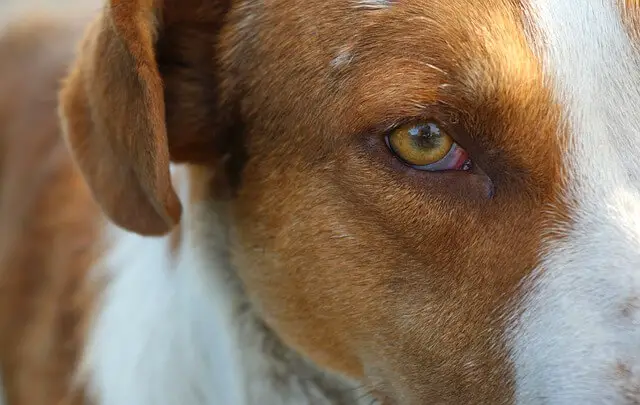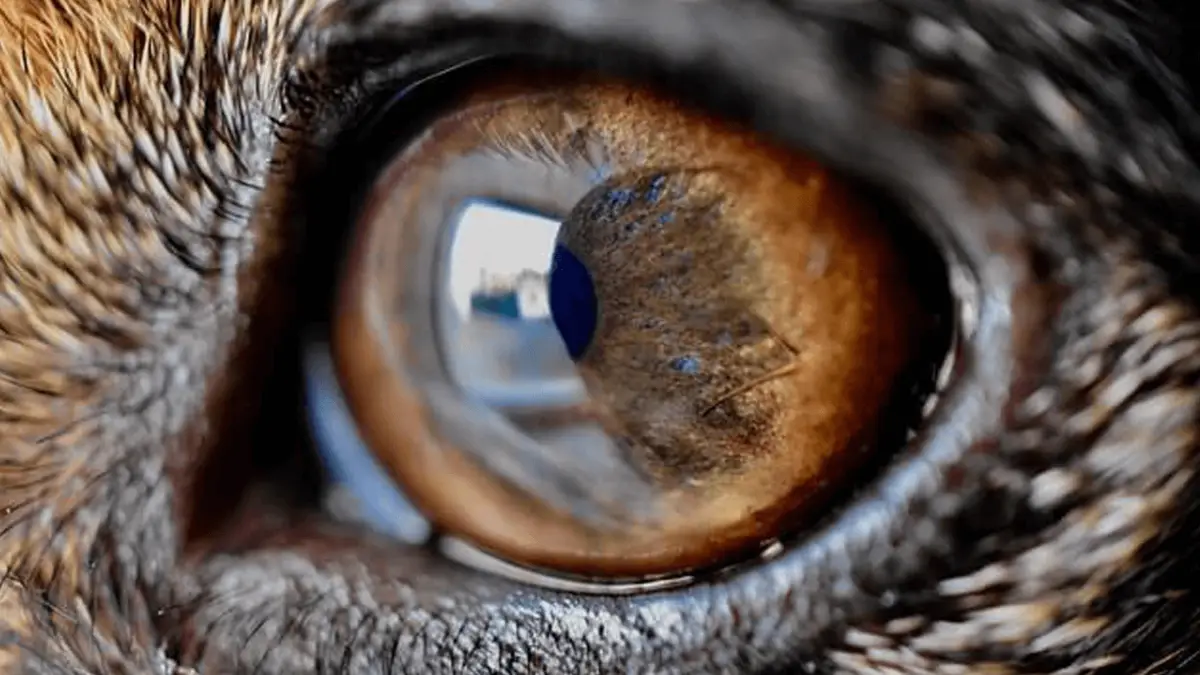Nuclear Sclerosis in Dogs: Causes, Diagnosis & Treatment
22.02.2022.
Like us, our beloved dogs can develop eye problems. One of those problems is called nuclear sclerosis, or lenticular sclerosis, and most dog owners immediately think of something terrible. However, not all cases of nuclear sclerosis in dogs are so worrying. If you are worried about your dog’s vision and eye health, you should schedule a vet appointment and see what’s bugging your dog. However, you can learn more about nuclear sclerosis in dogs here.
What is nuclear sclerosis in dogs?
One of the things dog owners will immediately want to know is - what type of disease or condition does my dog have? In this case, the condition is called nuclear sclerosis. The easiest way to define this eye condition is - a veterinary term for bluish transparent haze in the dog’s lens. This condition mainly affects middle-aged and senior dogs. However, that doesn’t mean younger pups can’t develop it. All dog owners should regularly check their dog’s eyes.
Nuclear sclerosis and cataracts are the most common eye conditions in dogs. In fact, early stages of nuclear sclerosis or cataracts are noticed in around 50% of dogs over 9 and 100% of dogs over 13. That makes nuclear sclerosis inevitable. It is a good idea for all dog owners to learn what it is, how to spot it, and what to do about it.
How can I know if my dog has nuclear sclerosis?
Most responsible dog owners are constantly in close contact with their dogs. That means they will notice changes in the dog’s body. Most of them will regularly look into their dog’s eyes and check if there’s anything weird going on. In the case of nuclear sclerosis, the owner should notice slight hazing of the eye. Most owners should call their vets at that moment and schedule an appointment. If you’re not a vet, it might be tricky to know exactly what’s happening with your dog’s eyes. Still, you can learn about this condition and make an educated guess.

Nuclear sclerosis symptoms
Like any other condition that might affect our dogs, nuclear sclerosis will come with specific symptoms. The owner must notice these symptoms as soon as possible. Even if nuclear sclerosis is not that dangerous, it doesn’t mean your dog can’t have other eye issues that cause similar symptoms to this condition. The only nuclear sclerosis symptom in dogs is;
- Blue-hued, cloudy appearance of the eye
Since this condition is slowly progressing, your dog’s vision should not be impacted immediately. The owner should notice changes long before the dog experiences vision issues.
What causes nuclear sclerosis in dogs?
One of the main issues with nuclear sclerosis in dogs is that we don’t fully understand what causes it. Vets believe that the main reason for nuclear sclerosis is that the lens fibers are produced throughout the dog’s life. As the central part of the lens gets compressed by new fibers from the side, the central part gets hardened and opaque.
How do vets diagnose nuclear sclerosis in dogs?
This condition can seem very similar to cataracts in dogs. If you are not sure, the best thing to do would be to take the dog to your vet. The vet can examine the dog’s eye closely, and they will undoubtedly know the difference between nuclear sclerosis and cataracts. The vet might use a liquid that will dilate the dog’s pupil and use a special light and lens to check the inside of the eye.
How is it treated?
Nuclear sclerosis in dogs is usually not treated, nor does it require any special treatment. Most vets recommend dog owners regularly check the dog’s eyes for changes. It is best to have regular vet check-ups as well. The vet will look for cataract development, and if that happens, they can correct the condition surgically. The best results are achieved if the surgery occurs early in the condition’s development.
World Dog Finder team







Share